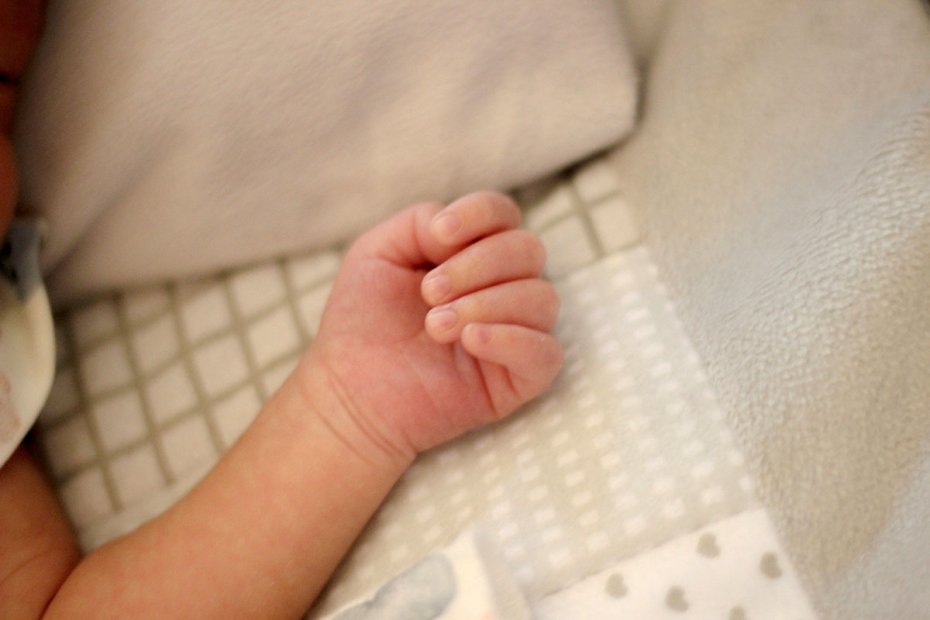Your First IVF Cycle: What to Expect
Published 17th April 2025
When you first start IVF, it can be daunting. I remember feeling excited and hopeful but also overwhelmed. Some weeks fertility treatment felt like a full-time job. I wrote about the emotional impact of IVF—and what to expect—in my previous article. Today I want to share what a typical IVF cycle looks like.

The Preparation
- Paperwork.
Police checks, child protection checks, consent forms and payment forms. - Mandatory couple’s counselling.
- Blood and urine tests.
This includes testing for infectious diseases and checking your hormone levels. - Pelvic ultrasound.
To assess your uterus and check for any abnormalities, e.g., cysts. - Semen analysis.
To measure the number of sperm and their ability to move. About 40 per cent of infertility is attributed to sperm. - The Anti-Mullerian Hormone (AMH) blood test.
A hormone secreted by cells in developing egg sacs (follicles). The level of AMH in your blood helps predict roughly how many eggs you have left.
Our first IVF cycle
Day 1-11
- The first day of my IVF cycle was day one of my period.
- I took a 75 daily dose of the Gonal-f injection (a moderate dose because I had several follicles). The nurse was quick to point out that I needed to inject myself at the same time every night for it to work. Gonal-f helps to stimulate your ovaries to over produce eggs.
Day 6 -12
- Every two days, I would visit the hospital before work for an ultrasound and blood test to monitor my follicles and to check my hormone levels (progesterone and oestrogen).
Day 9-13
- Towards the end of my egg stimulation phase, I started to take the Orgalutran injection. This is used to prevent you from ovulating too early.
Day 14
- Ovidrel injection, the ‘trigger’ shot. The injection to make you ovulate. The timing of this injection is crucial as it needs to be taken at precisely 36 hours before your egg retrieval.
Day 16
- Egg retrieval surgery. This is a day procedure where the eggs are collected from your ovaries. Under general anaesthetic, an ultrasound probe is inserted into your vaginal wall to identify follicles and then a needle is guided through. The needle goes into each of the ovarian follicles and gentle suction is used to pull out the fluid and the egg that comes with it.
- It only takes about 30 minutes, but I was in hospital for half the day with pre surgery checks, paperwork, and a couple of hours in recovery. For two to three days after, I experienced cramping, and bloating
- Once the eggs are collected, they are fertilised. We fertilised our eggs using Intra Cytoplasmic Sperm Injection (ICSI). This is where a single sperm is injected into each egg. It is often considered your best chance of fertilisation because there is no risk of the sperm swimming aimlessly in the petri dish unable to find an egg.
My results
- Eleven eggs collected, a good result. In later egg collections, with a higher dose of Gonal-f, I collected 15-20 eggs.
- The next day, the nurse called to say that out of eleven eggs, nine had fertilised. On average, around 60-70 per cent off mature eggs will fertilise.
- On day five, she called again to say five embryos had made it to blastocyst stage and were being frozen.
- A blastocyst embryo is an advanced stage of development. Blastocyst embryos are graded – A, B, and C. Simply put, A and B are the best; they have well defined and smooth cells. In contrast, C embryos have irregular and dark cells and few of them. The only true way to measure the quality of an embryo though is through Pre-Genetic Screening (PGS) testing.
- Before they’re frozen, the embryos also undergo assisted hatching. A laser is used to gently thin the outer shell of the egg (the zona). If the embryo can hatch out of the shell more easily, there’s a higher chance of implantation.
Day 17-35
- From three days after Ovidreal injection until the pregnancy blood test on day 35, twice daily I inserted vaginal progesterone pessaries. Given progesterone is usually produced during a women’s natural cycle, the pessaries are needed to maintain progesterone levels during early pregnancy.
- If you receive a positive pregnancy result, you continue the progesterone pessaries throughout the first trimester.
Transfer day – Day 22
- I had my transfer in the morning and I was in at work an hour later. For the transfer, an embryologist prepares your embryo by placing it in a catheter. Under guided ultrasound, the fertility specialist then threads the catheter up through your cervix and into your uterus. It only takes about 10 minutes. The most uncomfortable part is having a half full bladder
- On the day of the transfer, the embryo is thawed about an hour beforehand. For blastocyst embryos, we were told that approximately 90 per cent of embryos survive the thaw.
Day 35 – The pregnancy blood test
- Two weeks after my embryo transfer, I had a blood test to measure my hCG, THE pregnancy hormone.
Unfortunately for us, our first IVF transfer was negative. I would later learn that it usually takes more one than one transfer for IVF to work.
This is a brief run-down of an IVF cycle but at Wish for a Baby Australia, you’ll have the opportunity to meet with IVF specialists and ask any questions you have… from egg donation to genetic testing, all the experts will be under the one roof.